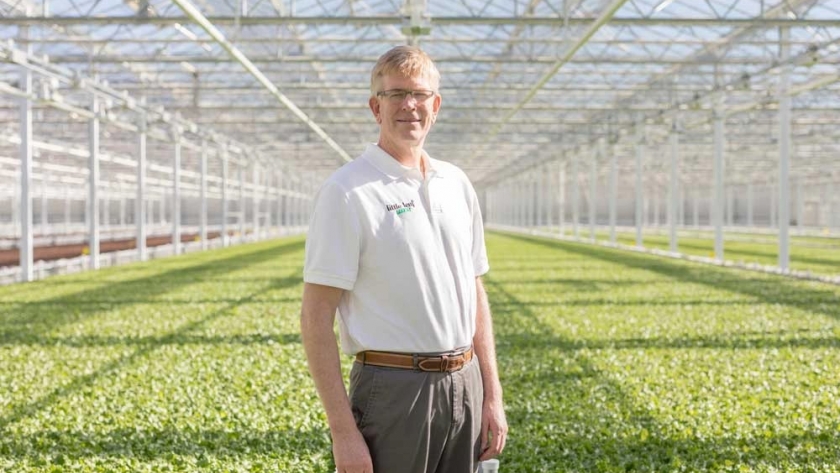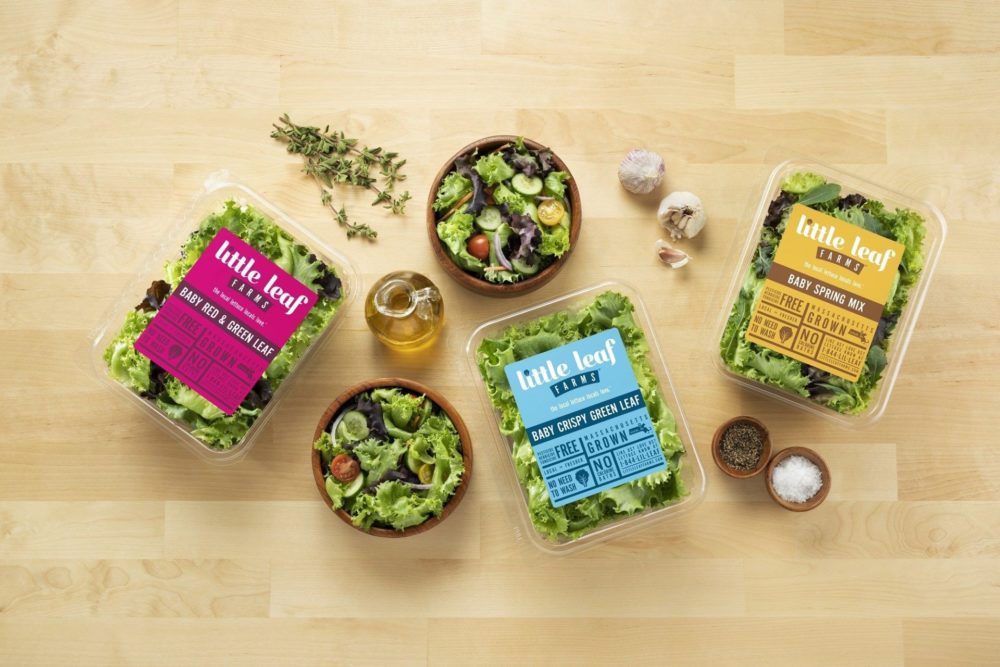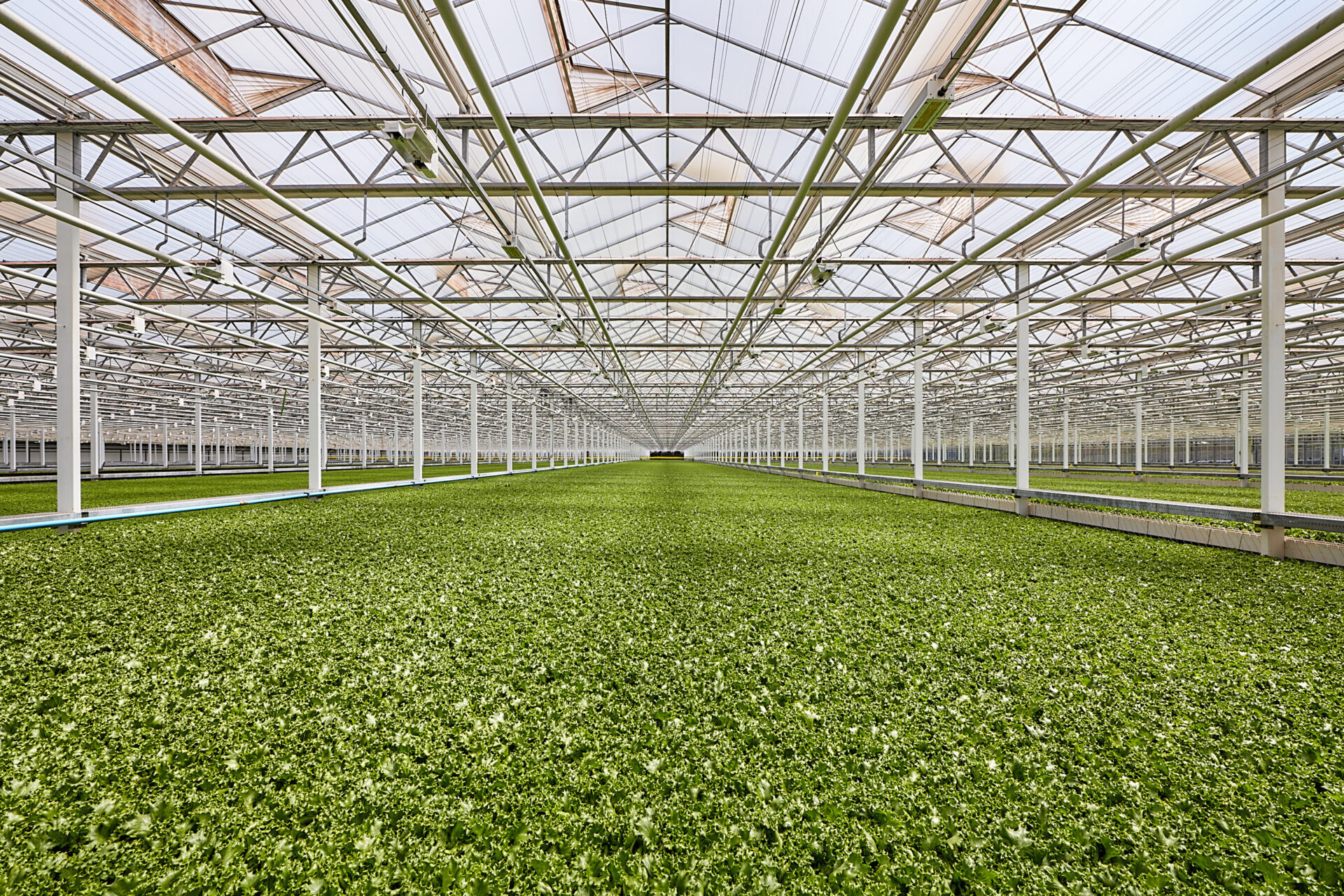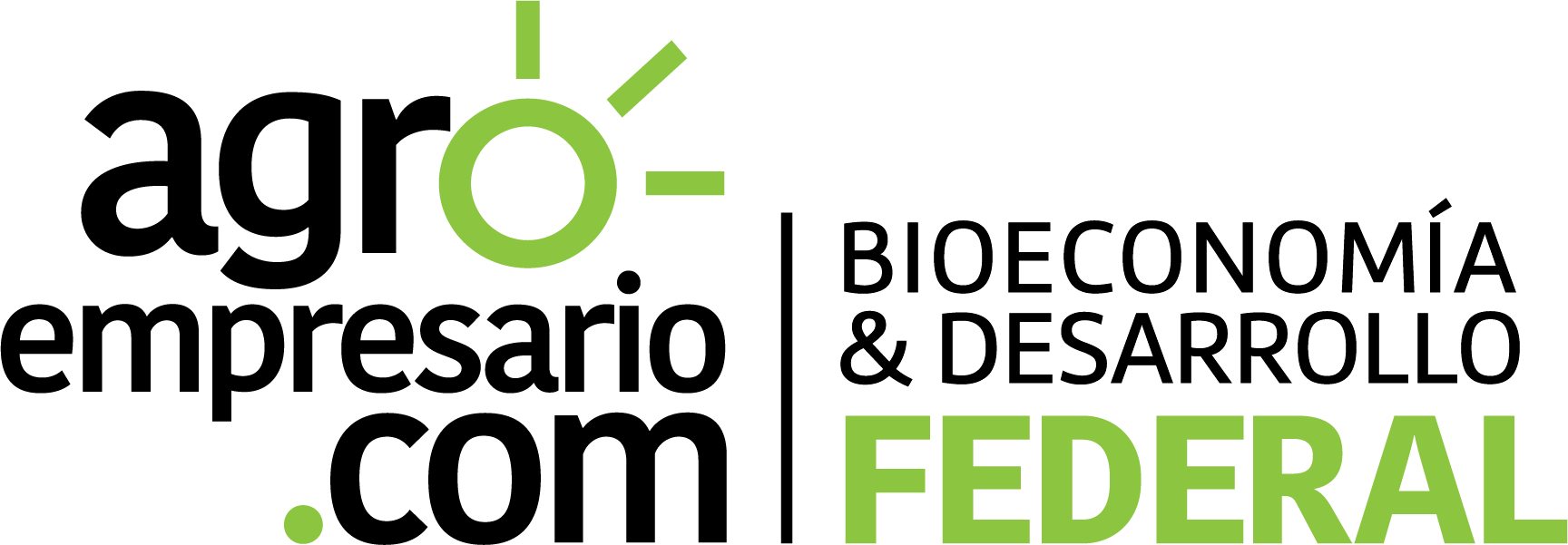
By Agroempresario.com
If you shop for salad greens in the Northeastern United States, chances are you've encountered Little Leaf Farms products. Founded a decade ago by CEO Paul Sellew, the company has emerged as a leader in controlled environment agriculture (CEA), commanding over 50% of the indoor lettuce market in the region. With a “hands-free growing” system inside sophisticated greenhouses, Little Leaf Farms supplies fresh, high-quality greens to approximately 8,000 grocery stores throughout New England and the mid-Atlantic states.
This remarkable success comes amid a challenging landscape for indoor agriculture. Recent years have seen multiple vertical farming startups face bankruptcies and shutdowns, struggling to prove the commercial viability of their high-tech models. But for Little Leaf Farms, a greenhouse-focused operation, the story has been markedly different.
When asked why Little Leaf Farms has managed to stay afloat and thrive where others faltered, Paul Sellew offers a simple but profound explanation: “The sun is an amazing resource with all of these benefits. Any logical approach to growing a plant would include the sun.”
Unlike many vertical farming ventures that rely entirely on artificial lighting, Little Leaf Farms’ greenhouses harness natural sunlight combined with automated technology, creating an optimal environment for plants to grow year-round. This hybrid model balances nature and technology, resulting in both sustainability and scalability.

“The greenhouse industry was here beforehand. It’s here now, and it’ll be here in the future,” Sellew states. “The notion that vertical farming is higher technology than greenhouses is simply not true. Our facilities are fully automated, but when it comes down to growing plants, it never made sense to me that you would design a system around not using this free, amazing resource called the sun.”
Sellew attributes much of Little Leaf Farms’ steady growth to disciplined day-to-day operations. “There’s this boring thing called day-to-day execution, and it’s quite essential if you’re going to build a successful CEA company,” he explains.
The company operates 365 days a year, organizing their workforce around the growth cycle of the plants rather than forcing the plants to adapt to human schedules. This approach ensures consistency in product quality no matter the season.
“We created a controlled environment where the plants are happily growing,” Sellew remarks. The company’s scale allows them to maintain a robust cold chain from greenhouse to grocery store, ensuring that consumers get fresh, flavorful greens every time.
Building on their success in New England and the mid-Atlantic, Little Leaf Farms recently broke ground on a third greenhouse in Manchester, Tennessee. Scheduled to begin operations in 2026, this new facility will serve Southeastern U.S. markets, reducing reliance on distant agricultural hubs and providing fresher produce with faster delivery times.
“The value proposition remains the same: provide a higher-quality, fresher eating experience,” Sellew says. “We think a transformation is happening in the food system, where urban market perimeters—formerly farms, now suburbs—can be returned to their historical role of feeding nearby cities with high-tech greenhouses producing 30 to 40 times the food per acre compared to traditional farming.”
This decentralized, regional model aims to enhance food security and reduce the carbon footprint linked to long-distance transportation of leafy greens.
Although the company leans heavily on natural sunlight, Little Leaf Farms embraces technology to optimize operations. According to Sellew, the company is “tech-enabled” rather than a pure tech startup.
“We have full automation from seeding to harvest; I would call that table stakes now,” he explains. The company is also beginning to automate packaging and is exploring advanced tools like AI to refine processes.
Despite the tech integration, Sellew stresses the importance of skilled employees. “Great people are the differentiating factor, and we are highly dependent upon our very skilled and dedicated people.”
One point of contention in indoor agriculture is the use of plastic packaging. Little Leaf Farms uses PET #1 plastic containers for their greens, a material that is widely recycled.
“We have a system in place to track the plastic from recycling bins all the way back to reprocessing and remanufacturing,” Sellew shares. “There is a misperception around the environmental benefits of plastic. Managed properly, it can offer unique consumer experiences and strong sustainability arguments.”

The company continues to monitor alternatives but prioritizes transparency and consumer preference, noting that many customers want to see their product clearly before purchase.
Sellew sees significant growth potential ahead for leafy greens in controlled environment agriculture. Currently, CEA-grown greens make up about 7% of the total U.S. market, with Little Leaf Farms growing over half of that segment.
“We think we are still in the early stages of this market. We’re in 8,000 grocery stores now, servicing 53% of the U.S. population,” he notes.
Regarding crop diversification, Sellew prefers to focus on leafy greens and adjacent products like kits, rather than venturing into other crops like watermelons or wheat.
